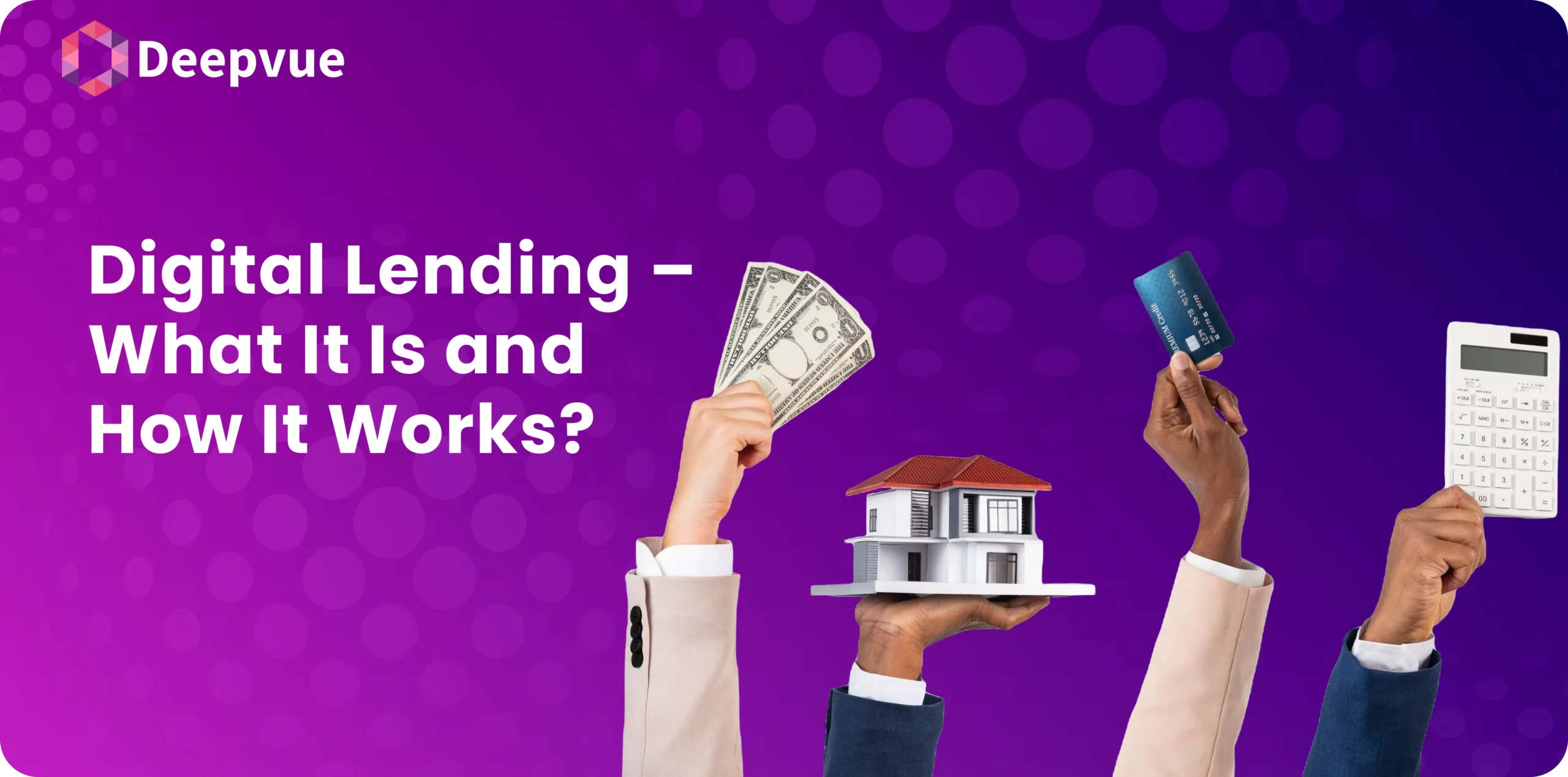Understanding Decentralized Finance (DeFi)
Decentralized Finance (DeFi) refers to a financial system built on blockchain technology that operates without traditional financial intermediaries such as banks, brokers, or exchanges. DeFi leverages smart contracts and decentralized applications (DApps) to provide financial services in a transparent, secure, and accessible manner.
Key Features of Decentralized Finance
- Blockchain Technology: DeFi platforms are built on blockchain networks, typically Ethereum, which provide a secure, transparent, and immutable ledger of transactions.
- Smart Contracts: Smart contracts are self-executing contracts with the terms of the agreement directly written into code. They automatically execute transactions and enforce agreements without the need for intermediaries.
- Decentralized Applications (DApps): DApps are applications that run on a blockchain network, offering various financial services such as lending, borrowing, trading, and investing.
- Tokenization: DeFi platforms often use digital tokens to represent assets, facilitate transactions, and provide governance rights to users.
- Open Access: DeFi is accessible to anyone with an internet connection, allowing users to participate in financial activities without the need for traditional banking infrastructure.
Advantages of Decentralized Finance
- Accessibility: Provides financial services to individuals and businesses without access to traditional banking systems, particularly in underserved regions.
- Transparency: Transactions and operations are recorded on a public blockchain, enhancing transparency and reducing the risk of fraud.
- Cost Efficiency: Eliminates the need for intermediaries, reducing transaction fees and operational costs.
- Innovation: Encourages the development of new financial products and services, fostering innovation in the financial sector.
How Decentralized Finance (DeFi) Works
Decentralized Finance (DeFi) refers to a financial system built on blockchain technology, operating without traditional intermediaries like banks or financial institutions. DeFi utilizes smart contracts, which are self-executing contracts with the terms directly written into code, to facilitate transactions and financial services. Here’s how DeFi works:
- Blockchain Technology: DeFi platforms run on decentralized blockchains (primarily Ethereum), ensuring transparency, security, and immutability of transactions.
- Smart Contracts: These automate and enforce the terms of financial agreements without needing intermediaries, enabling peer-to-peer (P2P) transactions.
- Decentralized Applications (DApps): Users interact with DeFi through DApps, which provide interfaces for various financial services like lending, borrowing, trading, and investing.
- Tokenization: Assets are tokenized, meaning they are represented by digital tokens on the blockchain, allowing for seamless transfer and management of assets.
- Liquidity Pools: Users contribute assets to liquidity pools, enabling decentralized exchanges (DEXs) to facilitate trading and lending while earning returns.
What Is an Example of DeFi?
An example of DeFi is Uniswap, a decentralized exchange (DEX) that allows users to trade cryptocurrencies directly from their wallets without relying on a central authority. Uniswap uses automated market-making (AMM) protocols, where users can swap tokens using liquidity pools provided by other users. These liquidity providers earn a portion of the transaction fees generated on the platform. Uniswap exemplifies the core principles of DeFi: decentralization, transparency, and user empowerment in financial transactions.
FAQs
What are some popular DeFi platforms?
Popular DeFi platforms include Uniswap (decentralized exchange), Aave (lending and borrowing), Compound (lending and borrowing), and MakerDAO (stablecoin issuance and lending).
Are there risks associated with DeFi?
Yes, DeFi comes with risks such as smart contract vulnerabilities, regulatory uncertainty, market volatility, and the potential for hacking and fraud. Users should conduct thorough research and exercise caution when participating in DeFi activities.






